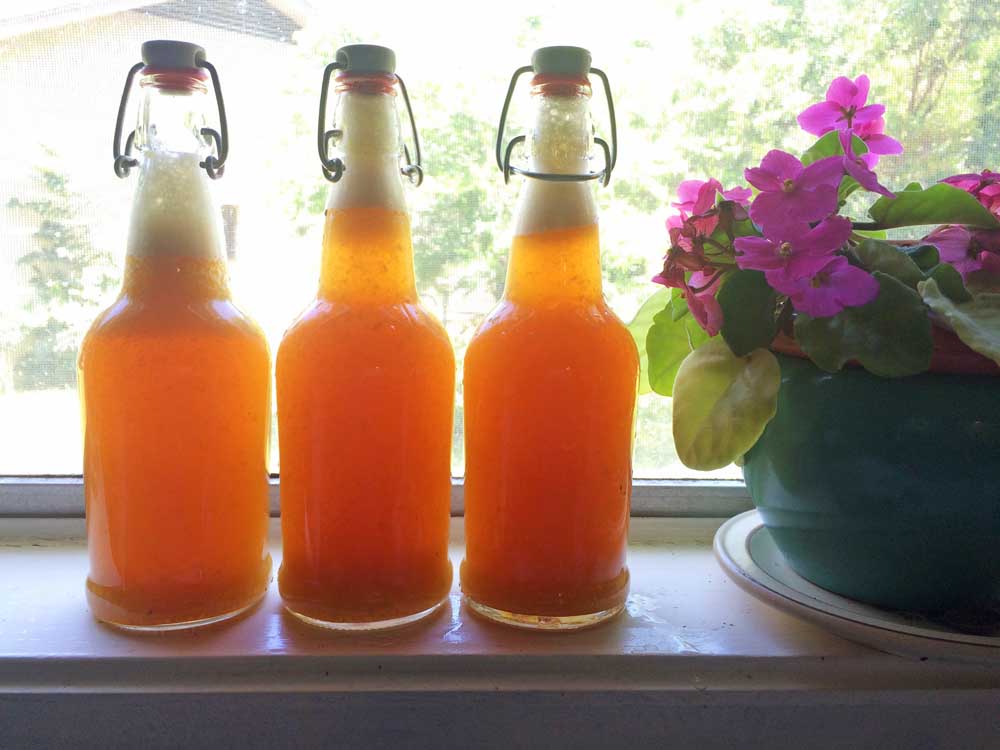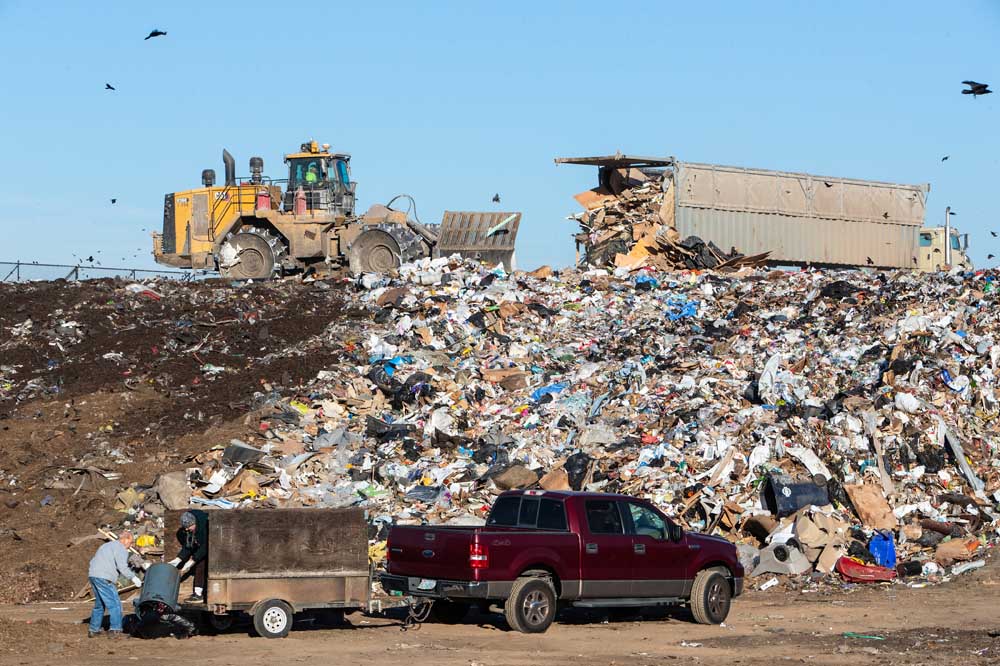Make your own fizzy, fantastic kombucha at home
Published 12:00 am Tuesday, July 5, 2016

- Addie Broyles / Austin American-StatesmanPineapple kombucha is one of the many flavors you can make. After you ferment the sweet tea with a SCOBY and a little starter kombucha, you pour the kombucha into smaller bottles with a few tablespoons of fruit puree.
Even though we consume fermented products every day, the process of how bacteria and yeast transform milk into cheese or yogurt, flour into bread and cocoa beans into chocolate is still a mystery to most of us.
Hannah Crum and Alex LaGory, the authors of “The Big Book of Kombucha: Brewing, Flavoring, and Enjoying the Health Benefits of Fermented Tea,” have heard pretty much every question you could think to ask (“Can I use Mountain Dew as my fruit juice/sweetener?”) and include many of those answers in their comprehensive kombucha guide. (No, don’t use Mountain Dew to flavor your kombucha.)
Trending
According to Crum’s and LaGory’s book, kombucha is an adaptogen, “a plant-based derivative that normalizes and balances the body, benefiting the entire physiology rather than a specific organ or system,” they write. It’s a source of antioxidants, vitamin C, B vitamins and acids that detoxify the liver.
I’ll share one anecdote from my sister: For the past few years, she had been dealing with a gluten sensitivity, but now that she is drinking kombucha nearly every day, she can eat a piece of regular bread or pizza without having the same stomach troubles.
There are two different brewing methods: continuous brewing and batch. I use the batch method. I also make a slightly smaller quantity of tea than the full gallon that HanCrum and LaGory call for in the master recipe in their book, because four of those 500 ml bottles of kombucha is plenty for us to drink in one week.
This quantity of tea will make enough kombucha to fill about four 500 ml bottles, with enough liquid left over to act as a starter for the next batch. If you find yourself running low on leftover liquid, make a little extra tea next time. You’ll want to have at least a few cups of liquid remaining in the jar each time. The more starter liquid, the faster the tea will brew. The less, the longer.
Here is what Crum and LaGory have to say about some of the most common inquiries:
Q: Why drink kombucha in the first place?
Trending
A: Because it’s delicious is my first response, but a close second are the countless health benefits, starting with the good-for-you bacteria found in SCOBY, a mix of cultures of bacteria. Those microorganisms feed the flora in your intestines, which doesn’t just help your digestive system but your immune system as well.
Q: Is kombucha alcoholic?
A: Kombucha has trace amounts of alcohol, usually less than 1 percent, and is not considered alcoholic in the same sense of beer or wine. It is not inebriating and is OK for children to drink. If you overferment the tea, it turns into something more like vinegar, not booze. However, there is a fermented tang to the drink that might not be suitable for people who have struggled with alcoholism.
.
Q: Can anyone drink kombucha?
A: People with compromised immune systems should be cautious about consuming any kind of fermented foods, but at the same time, those people could have the most to benefit from increasing the amount of good bacteria in their system.
As you might assume in our hypercautious parenting culture, many American doctors do not encourage pregnant and breastfeeding women to drink kombucha. Most kombucha-drinking parents introduce a diluted kombucha to their kids around 1 year of age, sometimes earlier.
“Scientific studies have been conducted for (well over 100 years), and millions of homebrewers have made batch after batch, yet there is not a single case of fatality from kombucha on record,” the authors write. Compare that to peanuts, which cause dozens of deaths a year.








